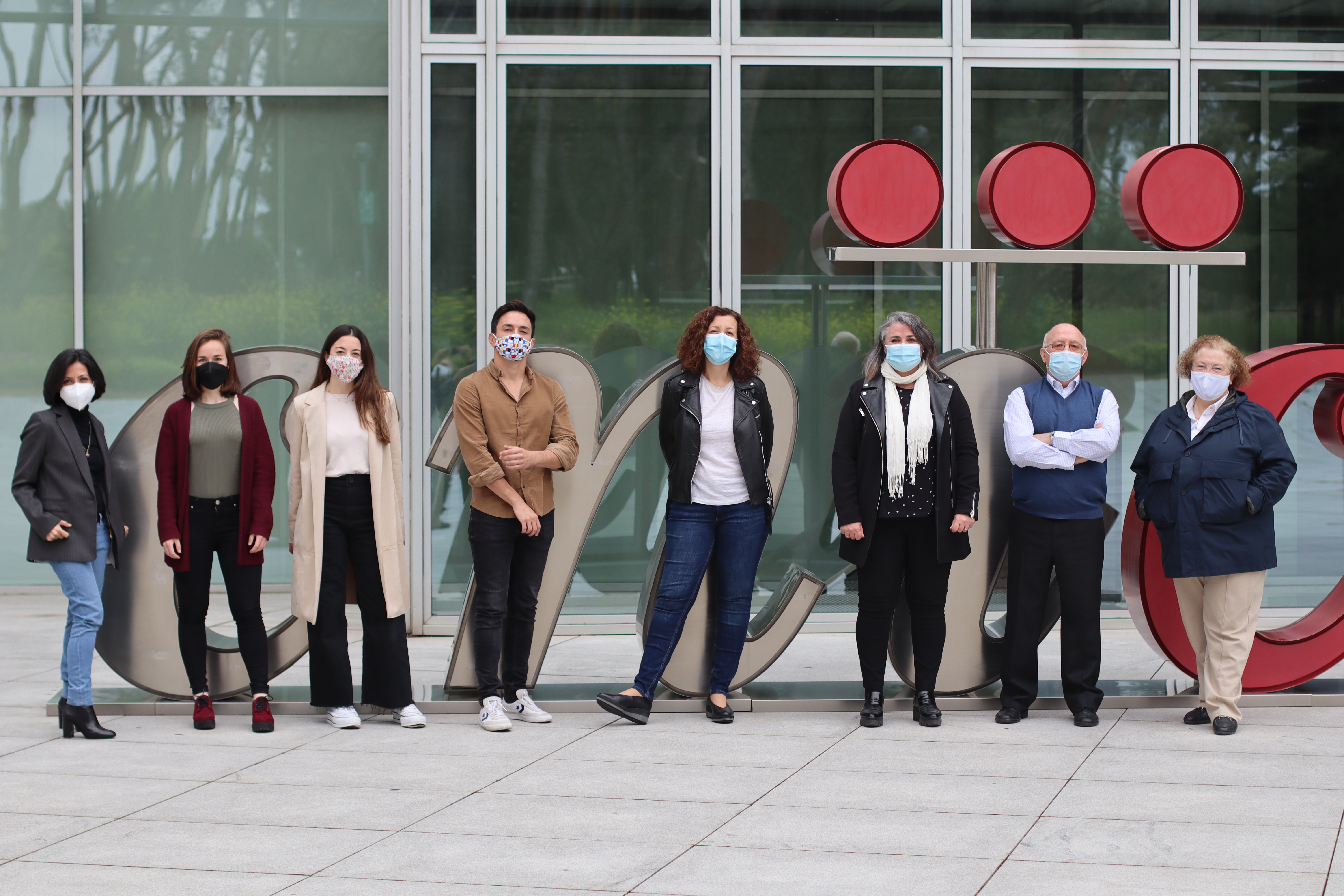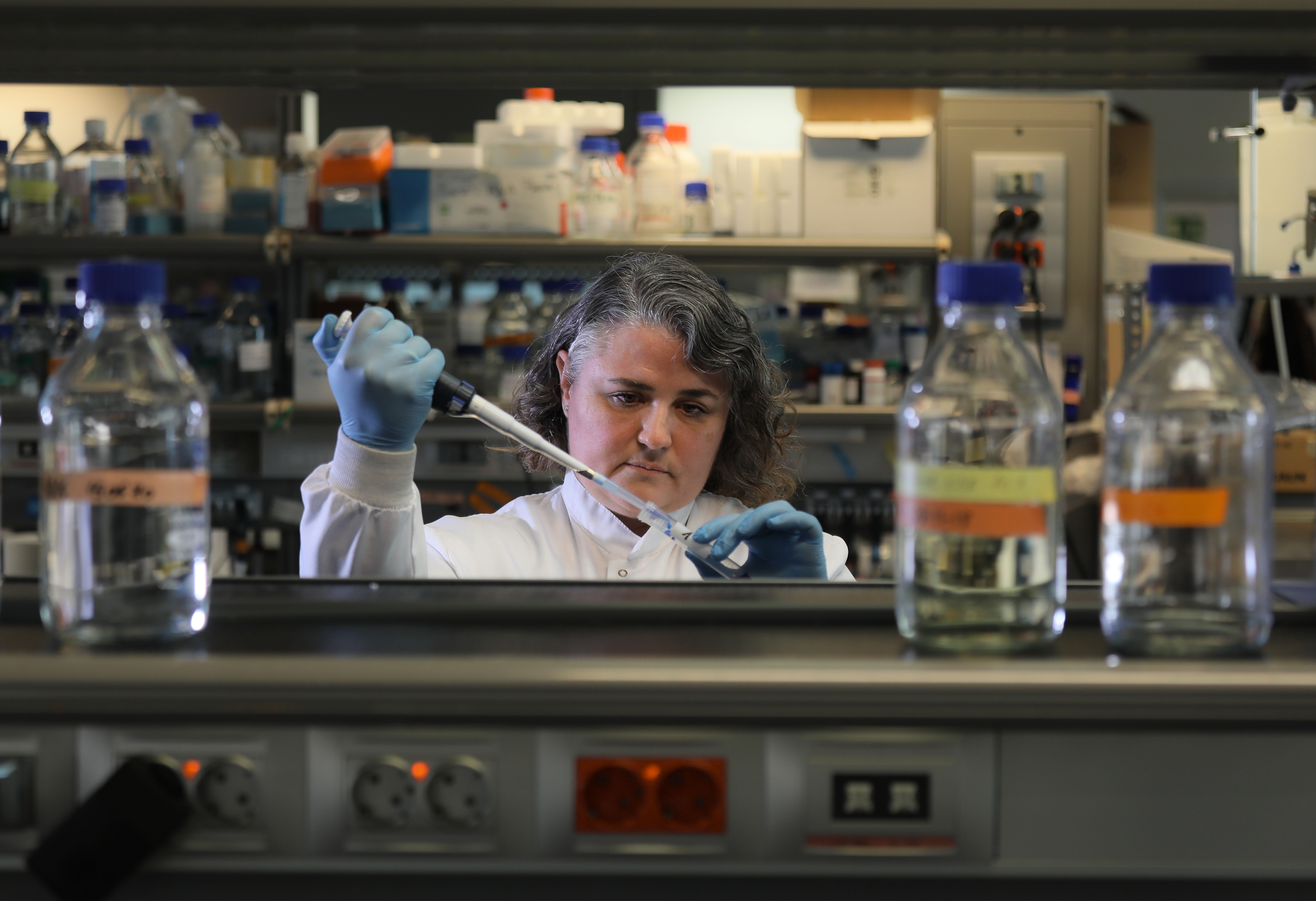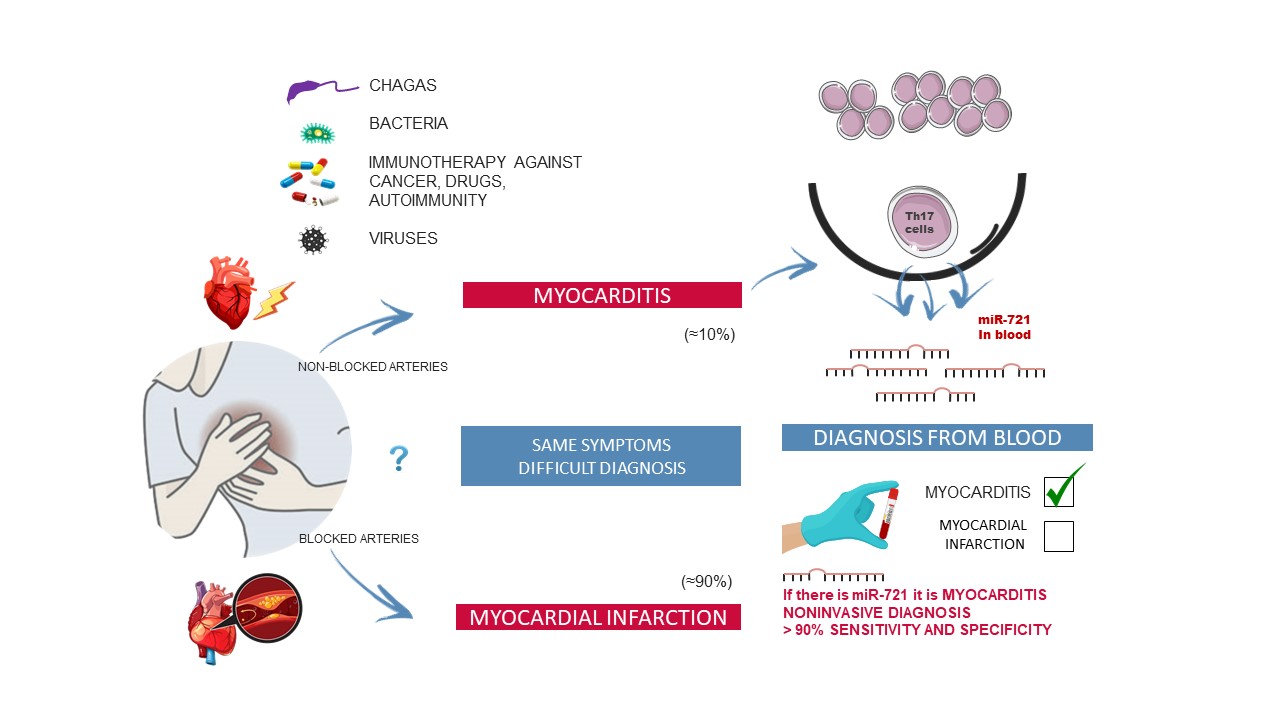NEJM: The first blood biomarker to distinguish between myocarditis and acute myocardial infarction
The diagnosis of acute myocarditis is challenging, and the availability of a sensitive and specific early marker of acute myocardial inflammation could have a major impact on its clinical diagnosis
Scientists at the Centro Nacional de Investigaciones Cardiovasculares (CNIC) have identified the first blood biomarker for myocarditis, a cardiac disease that is often misdiagnosed as myocardial infarction. Nevertheless, the diagnosis of myocarditis continues to be challenging in clinical practice.
The study, led by Dr. Pilar Martín and published in The New England Journal of Medicine, has detected the presence of the human homolog of micro RNA miR-721 in the blood of myocarditis patients.
CNIC General Director Dr. Valentín Fuster emphasizes that these results of paramount importance because they establish the first validated blood marker with high sensitivity and specifity (>90%) for myocarditis. This will allow clinicians to distinguish between this disease and other cardiomyopathies like acute myocardial infarction, myocardial infarction with nonobstructive coronary arteries (MINOCA), and other inflammatory diseases with an autoimmune origin.
“Our finding has great potential as a valuable clinical tool for the precise and noninvasive diagnosis of myocarditis from small drops of blood,” says Dr. Martín, whose project is funded by a Fundación BBVA Beca Leonardo award.
The diagnosis of myocarditis is challenging, and the availability of a sensitive and specific marker of acute myocardial inflammation could have a major clinical impact, improving the diagnosis of myocarditis both generally and particularly in its early phases.

Myocarditis is an inflammatory disease of the heart caused by infection, toxins, drugs, or autoimmune disorders. If untreated, myocarditis can progress to potentially fatal dilated cardiomyopathy, requiring heart transplant.
The prevalence of myocarditis remains uncertain because it is often difficult to achieve a confirmed diagnosis.
Myocarditis, says study co-first author Rafael Blanco-Domínguez, “is often the final diagnosis in patients with MINOCA, which accounts for 10-20% of patients meeting the criteria for myocardial infarction.”
Myocarditis is usually diagnosed after coronary angiography or computed tomography scans have discarded coronary artery disease, followed by confirmation of the diagnosis by magnetic resonance imaging (MRI).
However, not all centers have access to MRI technology, and the current gold standard for myocarditis diagnosis is endomyocardial biopsy, an invasive procedure normally reserved for severe cases. There is thus a pressing clinical need for the development of reliable and accessible tools for the early diagnosis of acute myocarditis.
Moreover, adds Raquel Sánchez-Díaz, “myocarditis is a side effect that, although very rare, is potentially serious in cancer patients who are receiving treatment with immunotherapy drugs called “immune checkpoint inhibitors”.

There are currently no specific markers for the diagnosis of patients susceptible to developing myocarditis during cancer immunotherapy.
“We identified miR-721 in the blood plasma of mice with autoimmune or viral myocarditis. This miRNA is produced by autoimmune Th17 cells that recognize cardiac antigens derived from proteins such as alpha-myosin,” says Rafael Blanco-Domínguez. Continuing, study co-first author Raquel Sánchez-Díaz explains that “these cells attack the myocardium, and are in large part responsible for the pathophysiology of the disease.”
The CNIC is the sole owner of a patent related to the biomarker and its use for the diagnosis of miocarditis
The research team went on to identify, clone, and validate the previously unknown human homolog of miR-721. The study confirmed that this miRNA is synthesized in the Th17 cells of myocarditis patients and its expression is exclusively detected in the plasma of these patients.
The biomarker was validated by cardiologists and researchers at numerous hospitals in Spain and abroad. In Spain, key contributors include Drs. Francisco Sánchez-Madrid, Hortensia de la Fuente, Jesús Jiménez-Borreguero, Fernando Alfonso, Isidoro González, and Esteban Dauden of Hospital de La Princesa/ IIS Princesa; Dr. Valentín Fuster of the CNIC, Dr. Borja Ibáñez of Fundación Jiménez Díaz and the CNIC; Dr. Héctor Bueno of Hospital Universitario 12 de Octubre; Dr. Amaia Martínez of Hospital Universitario Central de Asturias; Dr. Leticia Fernández Friera of Hospital Universitario HM Montepríncipe; Dr. Domingo Pascual-Figal of HHospital Virgen de la Arrixaca, and Dr. Villar Guimerans of Hospital Ramón y Cajal y su Instituto de Investigación IRYCIS. Key international contributors include the Universidad de Padua in Italy, (Italia), Hospital Universitario de Zürich in Switzerland, and (Suiza), Massachusetts General Hospital y Mayo Clínic (US).
This study is a shining example of how the basic research carried out at the CNIC contributes to societal wellbeing through the translation of the knowledge gained in the center’s laboratories to clinical practice miocarditis
The researchers are currently designing studies to evaluate the potential of the biomarker as a predictor of short-term and long-term risk, the persistence of myocardial inflammation, and the risk of relapse, clinical progression, and adverse ventricular remodeling.
The CNIC is the sole owner of a patent related to the biomarker and its use for the diagnosis of miocarditis. The CNIC is now exploring licensing agreements with industrial partners to develop and commercialize this technology in order to make it available for clinical use.
For Dr. Fuster, “this study is a shining example of how the basic research carried out at the CNIC contributes to societal wellbeing through the translation of the knowledge gained in the center’s laboratories to clinical practice.”
The study received funding from the Ministerio de Ciencia e Innovación(MICINN) through the Instituto de Salud Carlos III (ISCIII)-Fondo de Investigación Sanitaria; the CIBERCV; the Comunidad de Madrid; a Fundación BBVA Beca Leonardo award; Fundació La Marató TV3; and European Research Council grants ERC-2011-AdG 294340-GENTRIS to F.S-M. and ERC-2018-CoG 819775-MATRIX to B.I.











